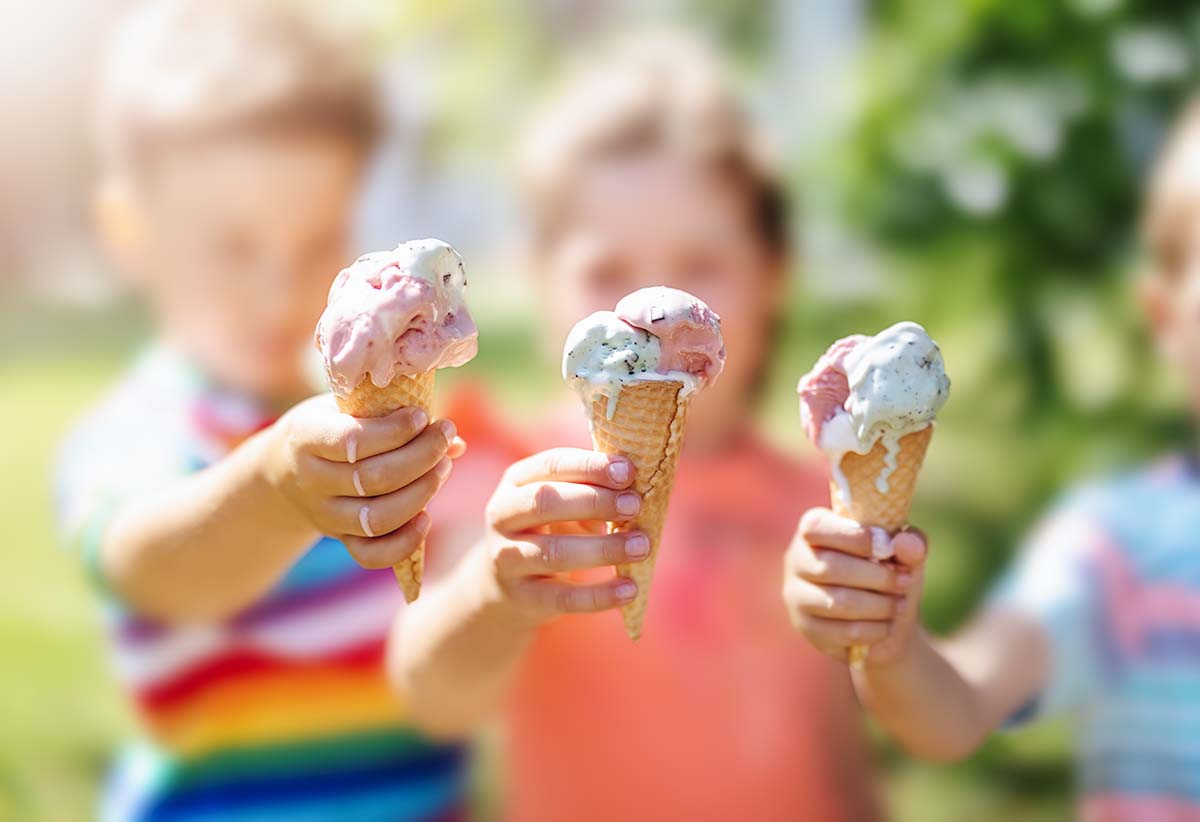
The new school year is around the corner and Spark Math wants to make sure kids are ready! Returning after an exciting summer vacation can be a struggle for some students who deal with summer learning loss. Summer learning loss, or the “Summer slide”, refers to students’ loss of some of their educational concepts due to lack of practice during a long vacation. In this new blog series, Spark Math goes over some of the most important math concepts kids should know before returning to school. Here are the “Math kids should know before 2nd Grade.”
2nd Grade and Math
The new school year is around the corner and Spark Math by Spark Education wants to make sure kids are ready! Students begin learning how to work with larger numbers, number placement and prepare for more complex math concepts like multiplication and division. Students get a deeper understanding of the math we use in our everyday life. They will begin to master life skills like measurement, time, and money. Math problems become more complex too due to the introductions of more complex equations and word problems. Here are some of the concepts parents might want to review before starting 2nd grade.
1. Numbers, Addition, and Subtraction
One of the most important skills kids should have entering into 2nd grade math, is the basic rules of addition and subtraction. These rules are universal for all positive numbers no matter how large, and help build a foundation for more complex math concepts. The basic rules children should know about arithmetic heading into 2nd grade include:
Basic Rules
- A number that adds 1 is the same as counting ( 5+1 = 6, 6+1=7, etc.)
- A number that subtracts 1 is the same as counting backwards ( 6-1 = 5, 7-1 =6, etc.)
- Any number plus or minus 0 is that same number ( 5+0 = 5, 6+0 = 6, etc)
- Order of addition doesn’t matter (8+6 is the same as 6+8)
In first grade, kids learn how to write and work with numbers up to 20. They should be able to do basic additions and subtraction within 1-20. Working with double digits in 1st grade should also include understanding the “ones” and “tens” digit places. Students should also be able to count to 120, introducing the “hundreds” place value.
With the foundational math skills taught in 1st grade, 2nd graders are prepared for the next steps in their math journey. 2nd grade students should understand how to create basic equations from word problems on day one. Basic word problems are usually worded like, “Mike has 3 apples and Carrie has 2 apples. How many apples do they have in total.” Understanding how to transfer a word problem into an equation, is a skill that 2nd graders will learn and continue to take with them as they advance in their education.
Ways to use numbers, addition, and subtraction:
- Add and subtract using groups
Examples: Make a snack plate with different fruits. How many total snacks are there and how many of each different fruit.
- Create equations out of real situations
Examples: When doing simple math, up to 20, write out the problem on a piece of paper or on a phone. Give kids a limit on how many toys they can take out with them. How many of the other toys do they need to put away? Write out the equation.

2. Measurement: Size and Time
In 2nd grade, measuring objects and time becomes a major piece of math curriculum. Before entering 2nd grade, students need to be familiar with length and size comparisons. Students should be able to visually identify when objects are taller or wider than others. Understanding how objects work within real space is key to understanding bigger subjects like geometry and even physics.
Just like kids have to learn how to conceptualize space, they also have to understand the importance of the time. When starting 2nd grade, children should know how to read a clock to the hour and half hour. While this concept is easier to understand on a digital watch, they should also know it on an analog clock as well. Time is one of the most important math skills people use in everyday life. It can determine whether you’re late or early for a big interview, or whether your favorite cake will be overcooked. Being able to use time effectively is a part of math no one will ever go without.
Ways to use measurement: size and time:
- Use height to organize objects and people.
Examples: Have children put away their sports equipment by size. What sports equipment takes up the most space? Take photos with family and friends in size order.
- Use Time to plan out your day
Examples: Create schedules foreach day and stick to them. Give kids free time after school or during the weekends that start at the hour or half hour.

3. Measuring with Groups and Graphing.
In 2nd grade, you wouldn’t think about using concepts like fractions and graphing. These concepts seem advanced, but are fundamental in understanding what numbers can represent. Being able to break down a group into smaller parts based on what they represent is key making math explain aspects of life. Let’s take a situations like a group of kids and their favorite ice cream flavors. 10 students pick which ice cream is their favorite between vanilla, chocolate and strawberry.
- 5 students like chocolate
- 3 students like vanilla
- 2 students like strawberry
Students can take this data and solve all kinds of questions with the information. How many kids don’t like vanilla the best? How many students like vanilla or chocolate the best?
Kids should be able to group items or examples into 3 different categories going into 2nd grade. Kids that are comfortable categorizing items can translate these skills to real world scenarios. Sometimes you have to add or subtract similar things, other times you have to add or subtract different groups. Breaking down groups into categories is the first stop on the road to fractions.
A simple way to keep track of different items and groups is to draw a representation of them. From keeping track of separate items with different color crayons, to writing down different numbers for each group, there are many ways to represent groups of numbers. We use graphs to express these visualizations and display data. 2nd grade students will need to be able to graph based on word problems or equations
Ways to Measure with Groups & Simple Graphing:
Create groups based on items’ attributes
Examples: Group toys by type, color, or size. Create questions based on the data. How many red toys do you have? How many big toys do you have compared to small toys?
Create simple graphs with everyday actions
Examples: Keep track of how many glasses of water each family member drinks through out the day. Who is eating the most veggies at dinner? Keep track and share it with the family.
Be ready for the new school year with Spark Math
When 2nd grade math starts to ramp up the difficulty, Spark Math will be there to help your child out! Our 1st grade Mastery program is the perfect solution for getting your child up to date on every essential math skill covered in 1st grade. For the advanced student, our 1st grade Challenge course will give your child the competitive edge before they even enter 2nd grade. All of our courses are Common Core Standard aligned and cover everything you’ve read here and much more.
Getting over Summer Slide can be tough for kids as they enter a new year in school. Spark Math is an education program perfect for helping kids use the skills they learned all year in fun and engaging ways. Available for students from Pre-k to 6th grade, Spark Math’s online program features online classes, gamified lessons, and an experienced live teacher. Try it for yourself by signing up to try a free demo class today!
Want to find out what your student should know before enter the new school year? Check out our Spark Math blog for great news and activities the whole family can enjoy. Check out our Pinterest Page for more fun activities!
Kindergarten – First Grade – Second Grade – Third Grade – Fourth Grade – Fifth Grade




